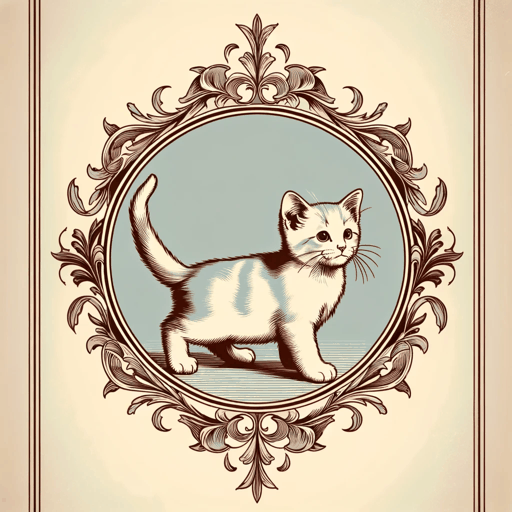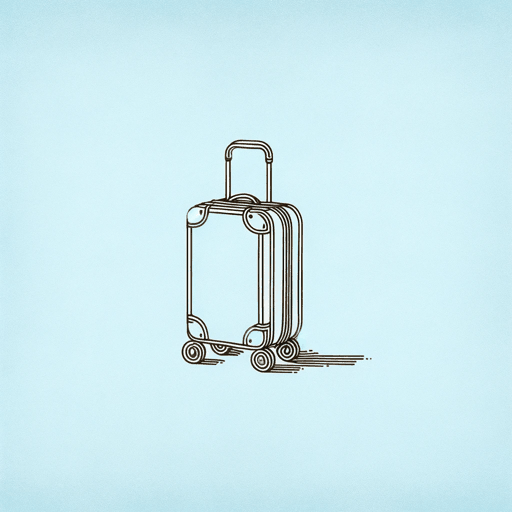27 pages • 54 minutes read
Julia AlvarezThe Daughter of Invention
Fiction | Short Story | Adult | Published in 1993A modern alternative to SparkNotes and CliffsNotes, SuperSummary offers high-quality Study Guides with detailed chapter summaries and analysis of major themes, characters, and more.
Literary Devices
Point of View
“Daughter of Invention” uses omniscient third-person narration, meaning that the story is told from the perspective of a narrator who knows everything. The narrator hovers almost outside of the story and can therefore offer the reader information about what’s happening that other characters cannot see. In “Daughter of Invention,” the narrative point of view emphasizes how each character’s personal history affects how they act. It can also reveal the distance and misunderstandings between family members. For instance, when Yoyo calls her father “Chapita,” the third-person narration informs the reader why Carlos is so angered by the name. This narrative style allows the plot to focus first on Laura’s inventions and then on Yoyo’s speech, permitting readers to connect Laura and Yoyo’s lives as mother and daughter.
Allusion
An allusion is a textual reference to an object or subject that exists outside of the text. In “Daughter of Invention,” there are several allusions to the historical events surrounding the Trujillo dictatorship that caused the García family’s exile. There are also textual allusions to Walt Whitman’s volume of poetry Leaves of Grass and Abraham Lincoln’s “Gettysburg Address.
Related Titles
By Julia Alvarez

Before We Were Free
Julia Alvarez

How the Garcia Girls Lost Their Accents
Julia Alvarez

In the Name of Salome
Julia Alvarez

In the Time of the Butterflies
Julia Alvarez

Once Upon a Quinceanera
Julia Alvarez

Return to Sender
Julia Alvarez

Something to Declare: Essays
Julia Alvarez

